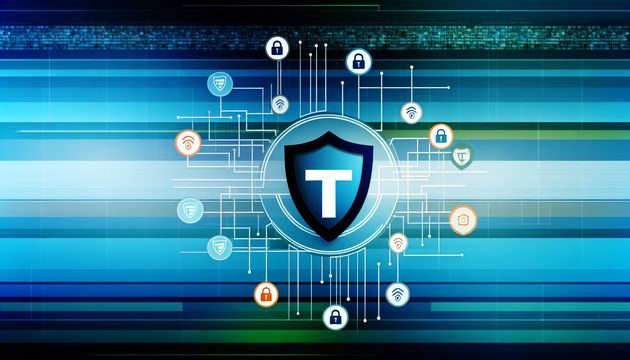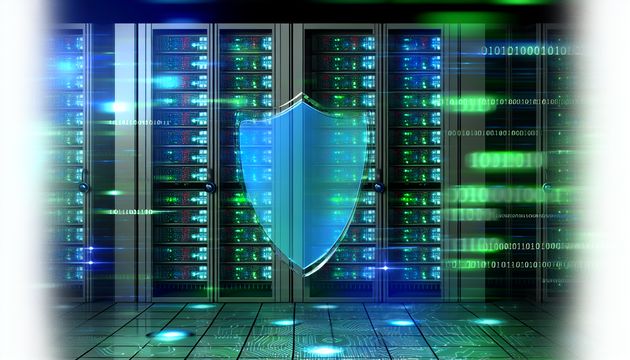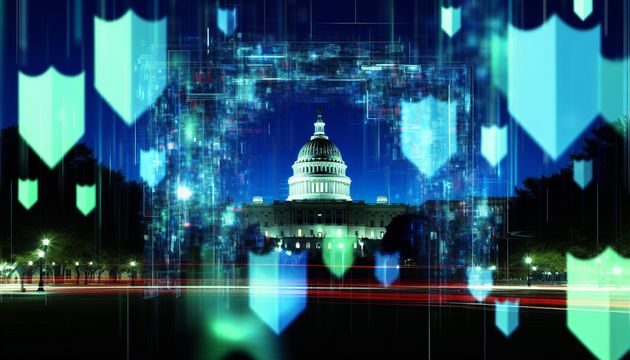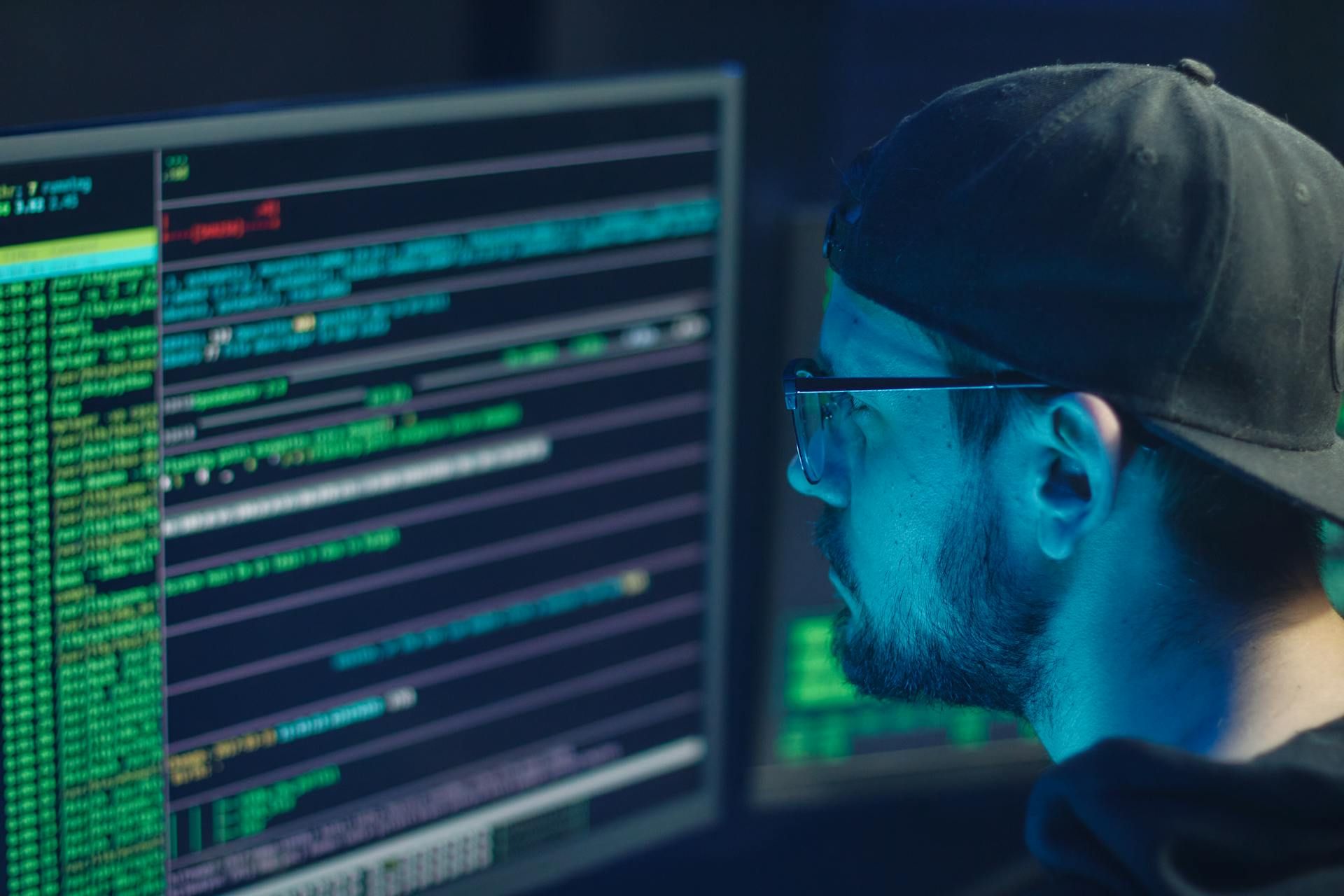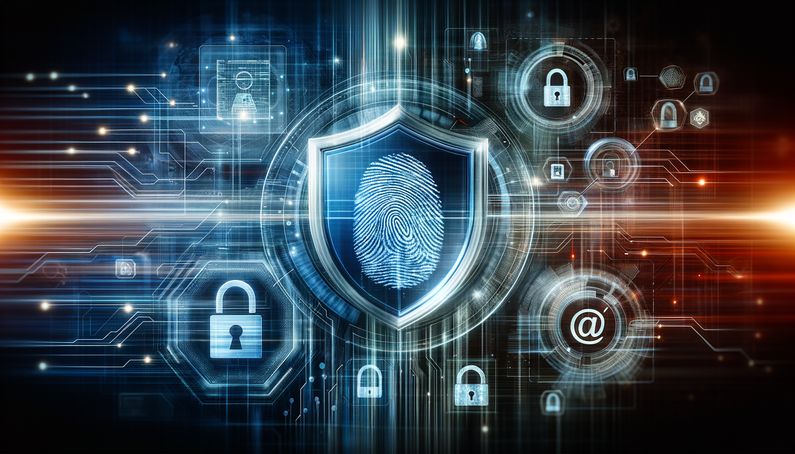
Understanding Personally Identifiable Information (PII) in Cybersecurity
In today’s digital age, the protection of Personally Identifiable Information (PII) has become a paramount concern for organizations worldwide. As cyber threats continue to evolve, safeguarding sensitive data is not just a regulatory requirement but a critical component of maintaining trust and security in the digital ecosystem. PII encompasses any data that can be used to identify an individual, such as names, social security numbers, and financial information. The mishandling of such data can lead to severe consequences, including identity theft, financial loss, and reputational damage.
To combat these risks, organizations must adopt a comprehensive approach to PII protection, incorporating best practices such as data encryption, access controls, and employee training. Data encryption acts as a digital safe, ensuring that even if data is intercepted, it remains unreadable without the correct decryption key. Access controls, akin to security personnel at a high-profile event, ensure that only authorized individuals can access sensitive information. Furthermore, employee training is crucial in fostering a culture of security awareness, equipping staff with the knowledge to recognize and respond to potential threats.
The rapid advancement of technologies like the Internet of Things (IoT) and artificial intelligence (AI) presents both opportunities and challenges for PII protection. While these technologies offer innovative solutions for data management and threat detection, they also introduce new vulnerabilities that must be addressed. For instance, AI-driven systems can inadvertently expose sensitive data if not properly secured. Therefore, organizations must stay informed about technological developments and adapt their security strategies accordingly to effectively safeguard PII in this dynamic landscape. (source, 2024; source, 2024)
Best Practices for Protecting PII
Data Encryption and Secure Storage
Data encryption is like putting your valuables in a safe—only those with the right combination can access them. Encrypting Personal Identifiable Information (PII) ensures that even if someone sneaks in, they can’t read the data without the decryption key. Organizations should use up-to-date encryption protocols for data both in transit and at rest. For example, Advanced Encryption Standard (AES) with a 256-bit key is a top choice for securing sensitive data. Secure storage solutions, such as encrypted databases and secure cloud services, are also essential to keep unauthorized users at bay. These measures are your digital fortress against cyber threats and data breaches. (source, 2024)
Access Controls and Authentication
Think of access controls as the bouncers at a club—only those on the list get in. Implementing robust access controls ensures that only authorized personnel can access PII. Role-based access control (RBAC) systems limit data access based on an individual’s role within the company. Multi-factor authentication (MFA) adds another layer of security, requiring users to provide multiple forms of verification before accessing sensitive information. This is especially crucial in remote work environments, where cyber threats are more prevalent. Regular audits of access logs can help spot and stop unauthorized attempts to access PII. (source, 2024)
Data Minimization and Retention Policies
Data minimization is like packing light for a trip—only take what you need. By collecting and retaining only the necessary PII, organizations can reduce the risk of exposure in the event of a breach. Implementing strict data retention policies ensures that PII isn’t kept longer than necessary. These policies should outline clear guidelines for data deletion and anonymization once the information is no longer needed. Regular reviews of data inventories help organizations stay compliant with data minimization principles and reduce potential liabilities. (source, 2024)
Employee Training and Awareness
Employee training is the secret sauce in any PII protection strategy. Regular training sessions should educate employees on the importance of data protection and the specific measures they must take to safeguard PII. This includes recognizing phishing attempts, understanding data handling procedures, and knowing how to respond to potential security incidents. Training programs should be updated frequently to reflect the latest cybersecurity threats and regulatory requirements. By fostering a culture of security awareness, organizations can significantly reduce the risk of human error leading to data breaches. (source, 2024)
Incident Response and Breach Notification
Having a comprehensive incident response plan is like having a fire drill—it’s vital for quickly addressing data breaches and minimizing their impact. The plan should outline procedures for identifying, containing, and mitigating breaches, as well as notifying affected individuals and relevant authorities. Timely breach notification is often a legal requirement under regulations such as the GDPR and CCPA, which mandate reporting within a specific timeframe. Organizations should conduct regular drills to ensure that their incident response team is prepared to handle real-world scenarios effectively. This proactive approach can help mitigate the damage caused by data breaches and maintain customer trust. (source, 2024)
Privacy by Design and Default
Privacy by Design is like building a house with security in mind from the start. This principle emphasizes incorporating privacy considerations into the development of products and services from the outset. Privacy by Default ensures that the default settings of systems and applications provide the highest level of privacy protection. For example, systems should be configured to collect the minimum amount of PII necessary and to use encryption by default. By adopting these principles, organizations can proactively address privacy concerns and enhance the overall security of PII. (source, 2024)
Regular Compliance Audits
Conducting regular compliance audits is like getting a health check-up for your data protection practices. Audits should assess the effectiveness of existing security measures, identify potential vulnerabilities, and verify adherence to data protection policies. Organizations should document audit findings and implement corrective actions to address any identified issues. Regular audits not only help maintain compliance but also demonstrate a commitment to data protection, which can enhance an organization’s reputation and customer trust. (source, 2024)
Third-Party Risk Management
Many organizations rely on third-party vendors for various services, which can introduce additional risks to PII. It’s crucial to conduct thorough due diligence when selecting vendors and to establish contractual agreements that specify data protection requirements. Organizations should assess the security practices of third-party vendors and ensure they comply with relevant regulations. Regular monitoring and audits of third-party vendors can help identify potential risks and ensure that PII is adequately protected when shared externally. By managing third-party risks effectively, organizations can mitigate the potential for data breaches originating from external partners. (source, 2024)
Emerging Technologies and PII Protection
The rapid advancement of technologies like the Internet of Things (IoT), artificial intelligence (AI), and cloud computing is like opening Pandora’s box—full of potential but also new challenges for PII protection. For instance, AI-driven chatbots can inadvertently expose sensitive data if not properly secured. Organizations must implement robust security measures to address these risks, such as using secure communication protocols for IoT devices and applying AI-driven threat detection systems. Adhering to regulatory standards, such as the GDPR and CCPA, is essential to ensure that PII is protected in the context of emerging technologies. By staying informed about technological developments and adapting security strategies accordingly, organizations can effectively safeguard PII in a rapidly evolving digital landscape. (source, 2024)
Real-World Examples
In 2024, a major retail chain experienced a data breach that exposed the PII of millions of customers due to inadequate encryption and access controls. This incident underscores the importance of implementing the best practices outlined above to prevent similar breaches. Another example from 2025 involves a tech company that successfully thwarted a cyber attack by employing AI-driven threat detection, highlighting the effectiveness of emerging technologies in protecting PII.
Final Thoughts
As we navigate the complexities of the digital world, the protection of Personally Identifiable Information (PII) remains a critical priority for organizations. The implementation of robust security measures, such as data encryption, access controls, and regular compliance audits, is essential in mitigating the risks associated with data breaches. Moreover, fostering a culture of security awareness through employee training can significantly reduce the likelihood of human error, which is often a contributing factor in data breaches.
The integration of privacy by design and default principles into product and service development further enhances PII protection by ensuring that privacy considerations are embedded from the outset. Additionally, the management of third-party risks is crucial, as many organizations rely on external vendors for various services, which can introduce additional vulnerabilities. By conducting thorough due diligence and establishing clear data protection requirements, organizations can mitigate the potential for data breaches originating from external partners.
In conclusion, the protection of PII is an ongoing process that requires vigilance, adaptability, and a proactive approach. By staying informed about emerging technologies and evolving cyber threats, organizations can effectively safeguard PII and maintain the trust of their customers in an increasingly interconnected world. (source, 2024; source, 2024)
References
- Piiano, 2024, Best Practices for Protecting PII https://www.piiano.com/blog/pii-security-best-practices
- BigID, 2024, PII Compliance Checklist https://bigid.com/blog/pii-compliance-checklist/
- Arsen, 2024, Personal Identifiable Information https://arsen.co/en/resources/personal-identifiable-information
- Usercentrics, 2024, What is the Best Protection Method for Sharing PII https://usercentrics.com/knowledge-hub/what-is-the-best-protection-method-for-sharing-pii/
